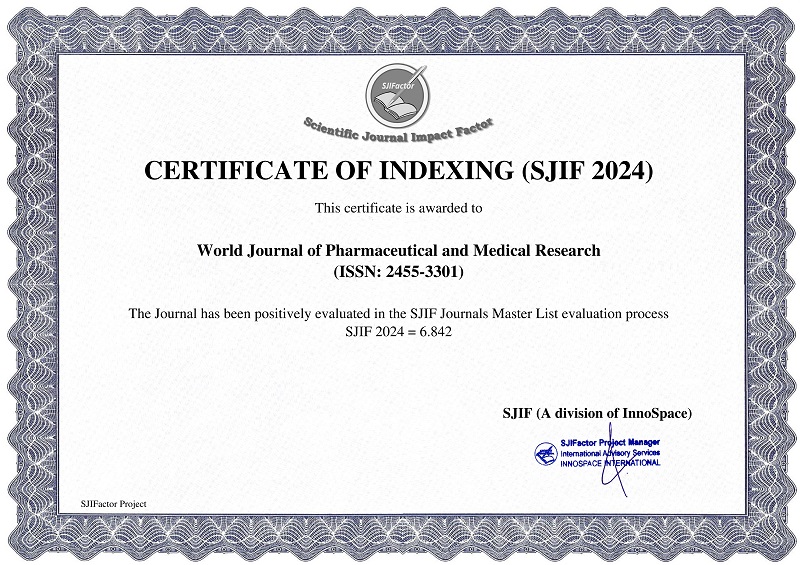COMPARATIVE STUDY OF THE SEGMENTAL PORTOBILIARY ANATOMY OF ANTERIOR LIVER SECTOR
Dragica Jurkovikj MD, PhD*
ABSTRACT
Background: The current advance in liver anatomy and surgery is based on the new concept of subdivision. The area fed by each tertiary branch was cone-shaped unit and the cone unit resection indicated resection on segments smaller than Couinaud’s segments. Material and methods: Portobiliary casts were obtained from 27 out of 30 cadaveric liver specimens, using injection-corrosive method. Under magnifying lens they were investigated. Results: Numerical relation between segmental portal branches and biliary ducts into segment 8 was predominantly equal on contrary to different relation with predominant biliary ducts or portal branches. Into segment 5 predominant different relation with more numerous portal branches on contrary to different relation with more numerous biliary ducts or equal relation was found. Three types of biliary drainage were observed: classical with drainage of area supplied by one segmental portal branch through one segmental duct, then second type with additional drainage of more different portal branches through one segmental duct and the third one with additional drainage of one portal branch through more segmental ducts. Segments 8 and 5 ducts mainly appeared as constituent ducts to the anterior sector duct without or with collateral confluence into lower-order ducts. Rarely these ducts were constituent or only collateral ducts to the other lower-order ducts. Only in segment 5 confluence through accessory ducts was observed. Conclusion: The preoperative assessment of portobiliary anatomy at the level up to the second-order Glissonean pedicles is imperative necessary for safe realization of liver resection at that level.
[Full Text Article] [Download Certificate]



